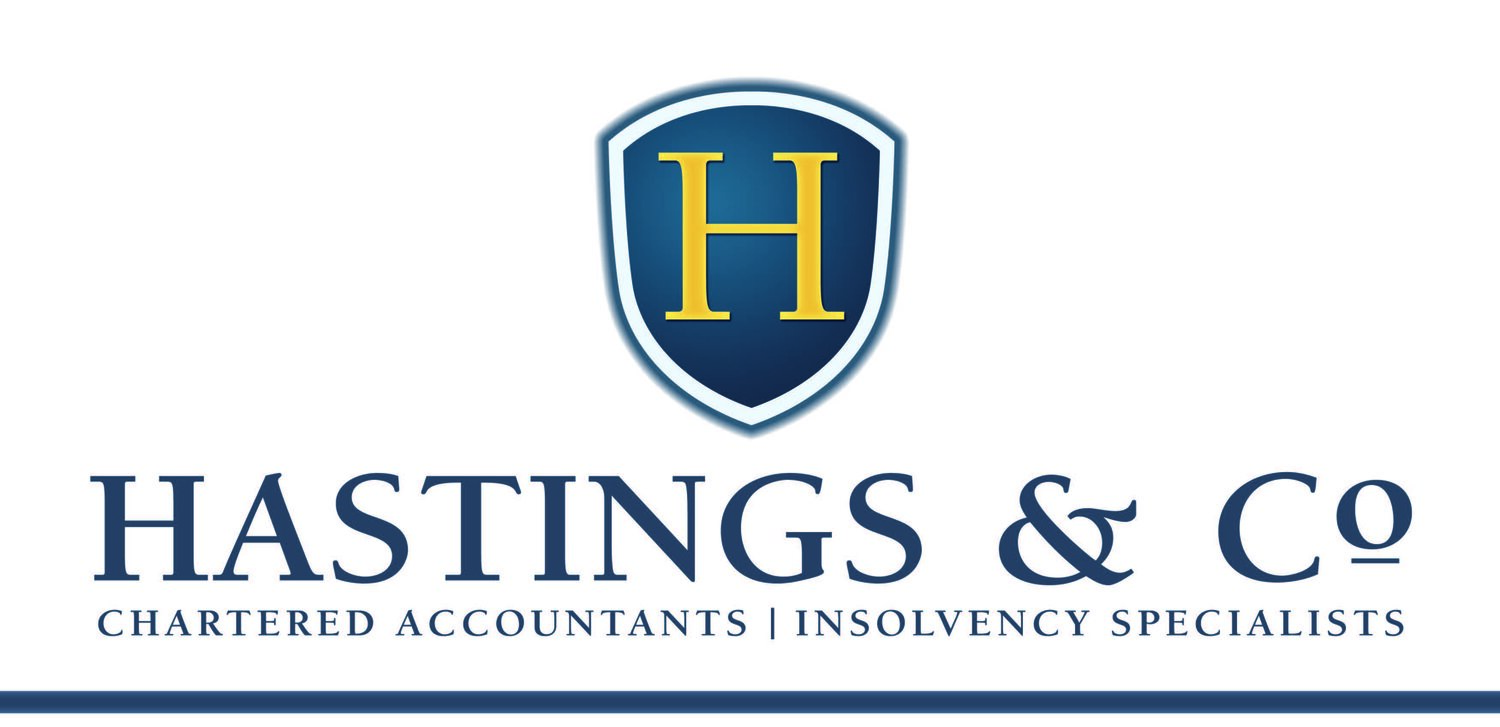Corporate Insolvency
-
Overview
It is the Directors of a limited company who have responsibility for its management. With responsibility comes potential liability and reference should be made to Other Services for further information on that matter.
One of the major responsibilities on Directors is to ensure that the company does not trade whilst insolvent. Consequently if a Director is aware or, should have been aware, that a company is insolvent or is anticipated to be insolvent then they should obtain advice about taking appropriate steps to protect the Company’s financial position.
There are several forms of corporate insolvency, some of which are always stand alone and others which follow in succession. Each of the following have their own requirements and administration processes which are too varied and complex to outline here.
All have the same goal of realising the Company’s assets to repay available funds to the Company’s creditors through the appointment of an insolvency practitioner to administer the process in the capacity as Liquidator , Administrator etc.
Directors who are aware of their Company’s insolvency or have concerns about possible future insolvency should arrange a consultation with one of our Insolvency Practitioners
-
Court Liquidation
This is a Court process following on from shareholders or directors resolutions.The Court appoints an Interim Liquidator until creditors appoint a liquidator. In special circumstances the Court can immediately appoint a Provisional Liquidator prior to the Interim Liquidator’s appointment.
-
Creditors Voluntary Liquidation
This process again involves directors and shareholders at its start , usually with no Liquidator in office until that appointed by the creditors.
-
Administration
This process is best used where it is anticipated that a realisation of the assets would be better achieved than under a liquidation. It is often followed on by a Creditors Voluntary Liquidation.
-
Creditors' Voluntary Arrangement
This is not a commonly used process in Scotland and requires the creditors to be willing to voluntarily allow a degree of debt forgiveness and thereafter the Company continues as previous but with lower debt.

